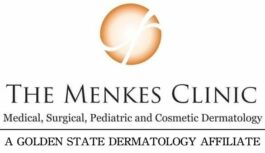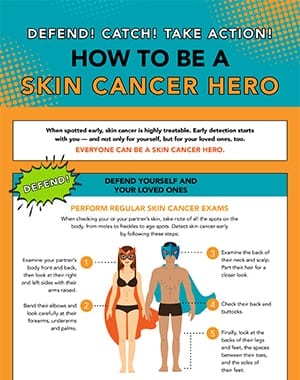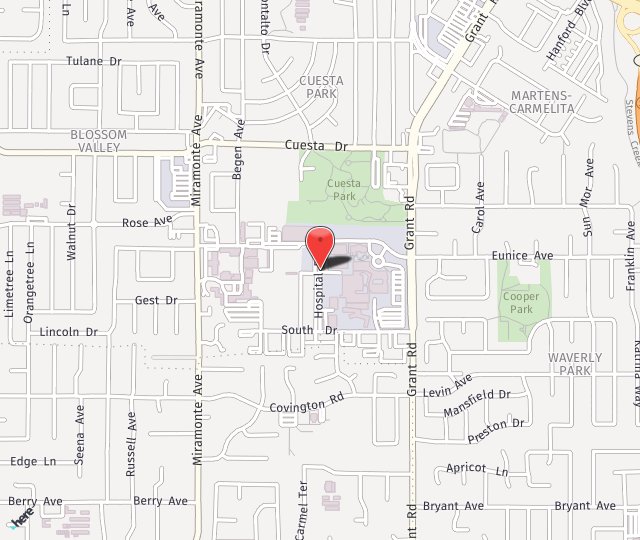At The Menkes Clinic & Surgery Center, we specialize in skin cancer detection, screening, biopsies, surgical removal, treatment, and prevention. This includes a primary focus on the three most common skin cancers found in human beings.
Dr. Menkes also performs Mohs Micrographic surgery for certain difficult skin cancers.
There are numerous forms of skin cancer, each beginning in a specific cell type within the skin. The two types of skin cancer most commonly diagnosed include squamous cell carcinoma and basal cell carcinoma.
Each of these types of abnormal cells can develop on areas of the body regularly exposed to the sun, such as the face, head, neck, arms, and hands. Though cancerous lesions are often associated with UV exposure, it is important to note that skin cancer can develop on any part of the body, even those that are typically protected beneath clothing.
Basal Cell Carcinoma

Basal cell carcinoma tends to grow slowly and usually remains within one area of the body, meaning it does not metastasize. This type of lesion is usually treated with surgical excision. When a tumor is large (over 2 cm in diameter on the body), or is located on a cosmetically-sensitive area on the face (such as the eyelid, lip, or nose), a special type of treatment called
Mohs surgery, is indicated. Dr. Andrew Menkes is highly skilled in using Mohs surgery to treat skin cancer and will help determine the appropriate course of treatment for each patient who is diagnosed with skin cancer.
Squamous Cell Carcinoma
Unlike basal cell carcinoma, squamous cell skin cancer can sometimes spread to lymph nodes and other organs. When detected early, this form of skin cancer is usually completely curable. As with basal cell skin cancers, squamous cell carcinoma is usually treated surgically. Mohs surgery is performed for skin cancers that are large or those that involve a cosmetically-sensitive area on the face such as the nose, eyelid, or lip. Appropriate therapy is determined by our dermatologists after consultation with the patient to thoroughly discuss each treatment option.
Melanoma
The type of skin cancer that most people recognize and fear is melanoma. Though this is one of the less common forms of skin cancer, medical professionals advise their patients to recognize its signs due to its potential for fatality. Melanoma is now the number one cause of cancer death in people 25-40 years of age.
Melanoma is cancer of the pigment cells (melanocytes). The majority of our melanocytes are found in our skin and skin cancer or cutaneous melanoma is the most common form of melanoma. However, ocular or intraocular melanoma can also arise in the melanocytes found in the eye and, more rarely, melanomas can also occur in the lymph nodes, digestive tract, meninges (brain lining) or in other parts of the body where melanocytes also occur.
Melanoma can affect anyone, regardless of age, although the chances of getting melanoma increase as we get older. It is one of the most prevalent forms of cancer and can appear on any part of the skin. It generally affects men, mostly on the neck, head, and body region between the shoulders down to the hips, and in women, it appears most frequently on the calves.
Black and other dark-skinned people rarely develop melanoma, but when they do, it often appears on the soles of their feet, palms of their hands or under their nails.
Left untreated, melanoma can spread (or metastasize) to other parts of the body. We usually become aware that the melanoma has metastasized when cancer cells are found in the lymph nodes close to the infected body part. One of the roles of the lymphatic system is to filter blood plasma and the lymph nodes act as traps to prevent harmful substances, including bacteria and cancer cells from circulating through the body. When cancerous cells are discovered in the lymph nodes it could mean that the melanoma has metastasized to the brain, lungs, liver or other organs. If this occurs, the cancer is known as metastatic melanoma and not brain, lung or liver cancer.
The true causes of melanoma are still a mystery and it is not fully understood why one person develops melanoma while another remains healthy. What we do know, however, is that some people are more at risk than others and that the more risk factors a person has, the more likely he/she is of developing the disease. Having said that, it is not uncommon for people who present NO risk factors to also get melanoma.
Individuals concerned about their risk for melanoma are encouraged to speak with their primary physician or board certified dermatologist. Dr. Menkes, Dr. Soohoo, and Dr. Wang are happy to discuss the symptoms patients should recognize and the recommendations for checkups. Our advice regarding skin cancer is based on each patient’s medical history, family history, and unique risk factors.
Over one million cases of skin cancer will be diagnosed in the United States this year. Visiting your dermatologist at least annually for a total body skin examination will help you identify skin cancer early when treatment is often curative. Contact The Menkes Clinic & Surgery Center in Mountain View for your skin cancer evaluation.



